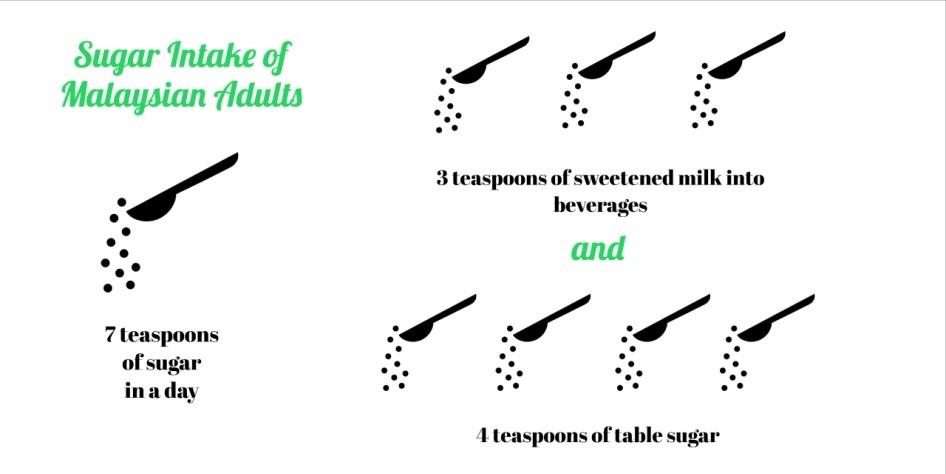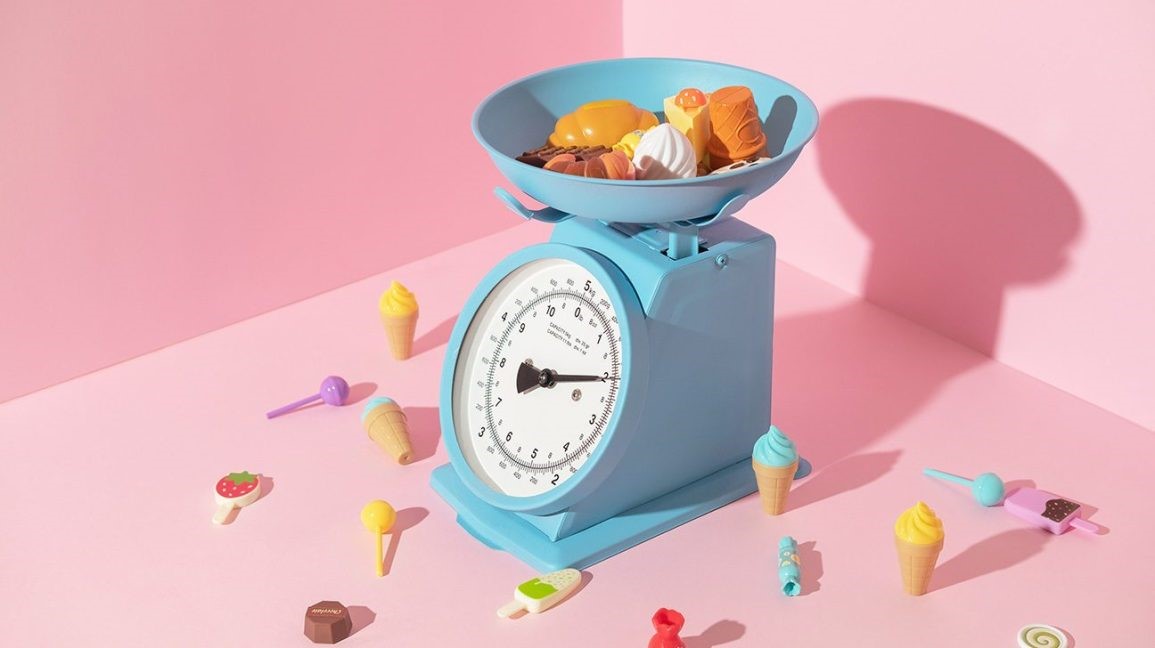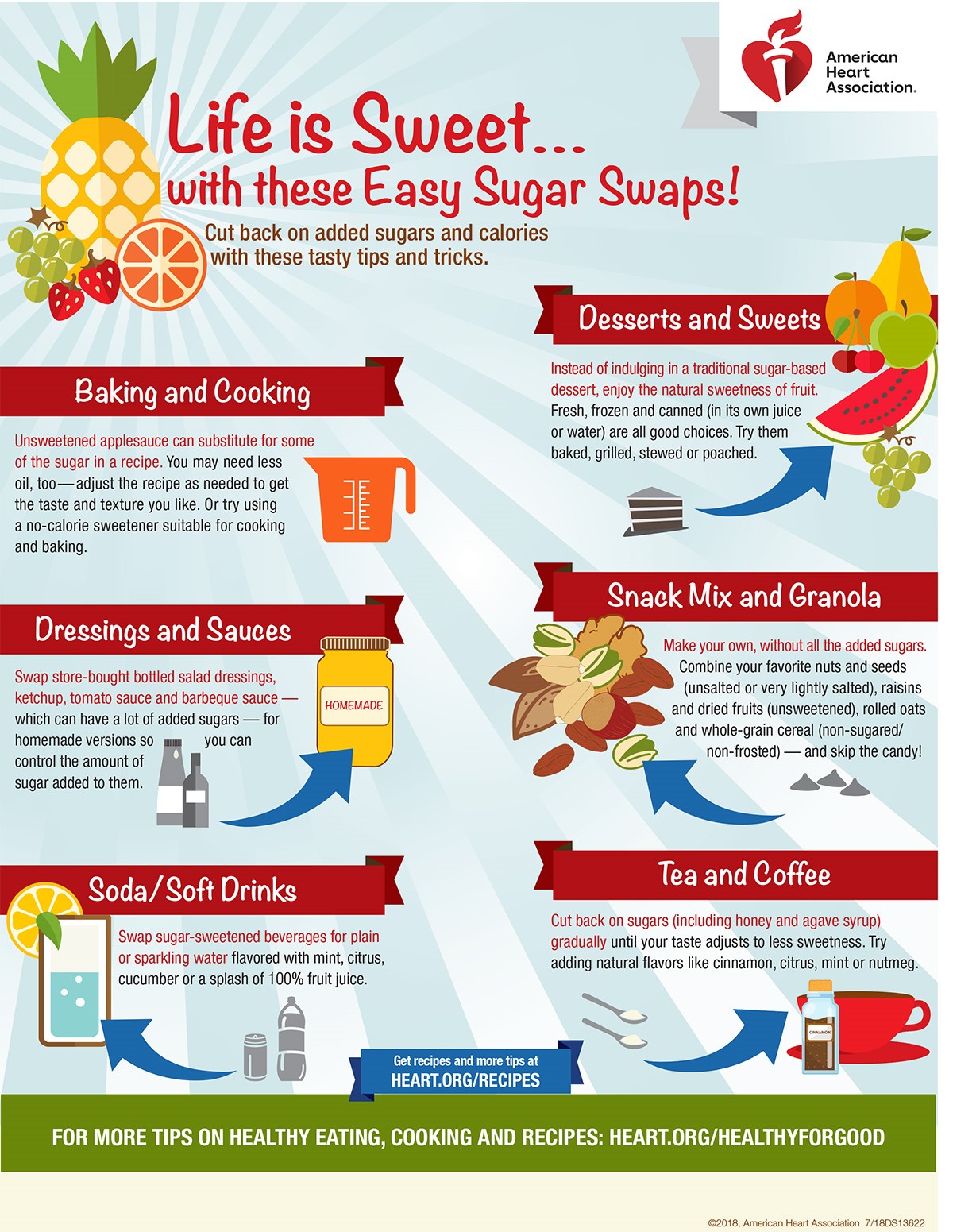How Much Sugar is Too Much Sugar?!

2015 World Health Statistics Report showed that in 2008, Malaysia had the highest obesity prevalence for adults aged ≥20 years among Southeast Asia countries. Increasing availability of sugar or sweeteners coupled with sedentary lifestyles are the contributing factor to Malaysia’s rising problem of obesity and other non-communicable disease problems (11).
On the other hand, Malaysian Adult Nutrition Survey (MANS) 2002/2003, average adult in Malaysia consumes 7 teaspoons of sugar a day comprising 4 teaspoons of table sugar and 3 teaspoons of sweetened milk into beverages. This amount exceeds the recommendation of the World Health Organization and Malaysian Dietary Guidelines (11).


Track your consumption of added sugar can be tricky, since packaged foods don’t list the number of teaspoons of sugar and some of us are getting our added sugar by spooning it onto our foods or into our beverages.
Here are the important numbers to remember:
There are 4 calories per gram of sugar and 4 grams per teaspoon. So if the label says it has 20 grams of sugar, that’s 5 teaspoons, or about 80 calories from sugar. Scan the labels for all sources of sugar in processed foods and check the number of grams of added sugars in the nutrition labels (5).
Artificial Sweeteners vs Sugar: Which is better?
Sugar substitute are known as a food additive that provides sweet taste like sugar without excess energy which can promote weight loss and deemed safe for consumption by diabetics (7). They can be either naturally produced or synthesized. Those sugar that are not natural are referred to as artificial sweeteners (9).
American Heart Association labels low-calorie sweeteners, artificial sweeteners and non-caloric sweeteners as non-nutritive sweeteners (NNSs), since they offer no nutritional benefits such as vitamins and minerals. Food and Drug Administration (FDA) has given the label “Generally Recognized as Safe” (GRAS) to five non-nutritive sweeteners such as aspartame, acesulfame-K, neotame, saccharin, sucralose and stevia. However, stevia doesn’t have a GRAS distinction but that doesn’t mean it’s dangerous, it just means there isn’t enough evidence yet either way (4).
Artificial sweeteners are thought to be beneficial for diabetics or obese as it provides sweetness without calories and a choice of sweets foods to those who cannot partake refined sugars. This artificial sweeteners may indeed restrict calories but their consumption has been shown to cause mild to serious side effects ranging from nuisance headaches to potentially life-threatening cancer.
However, artificial sweeteners are generally safe to consume but should be avoided by individual with phenylketonuria (a metabolic disorder which cannot metabolize amino acid phenylalanine found in aspartame or allergic to sulfonamides as saccharin belongs to this class of compound. In short, the consumption of artificial sweeteners may poses few health concerns but it is especially beneficial if you use them to decrease the amount of added sugar in diet. The likelihood of negative effects can vary by individual and depend on the type of artificial sweetener consumed (1). If you have bad experience or negative effects after consuming artificial sweeteners try natural sweeteners instead.
Get started cutting down on sugar with these tips
1. Consume foods or beverages low in sugar (3)

2. Focus on whole foods (8)
No sugar diet should focus on eating whole foods as processed foods are more likely to contain refined ingredients or added sugars. Aim to eat foods such as: Fruits and vegetables Lean meat or poultry whole, unprocessed grains and legumes, nuts and seeds
a) Reading the food labels and ingredients list on packaged food is a good way to know and limit how much added sugar you eat.
b) Identify the sugar content claims on packaged foods such as (6).
- Sugar Free: one serving contains less than 0.5g of sugars, both natural and added. Also: free of sugar, sugarless, no sugar, zero sugar or trivial source of sugar.
- Reduced Sugar: Has at least 25% less sugars than the older version of the product. Also less sugar, low in sugar or lower sugar.
- No Added Sugar: No sugar or ingredients containing sugar was added during processing or packaging. Also without added sugar or no sugar added.
References
- Alina, P. 2019. Artificial Sweeteners: Good or Bad? Healthline. Available from https://www.healthline.com/nutrition/artificial-sweeteners-good-or-bad [Accessed on 15 April 2020]
- American Heart Association. 2018. Added Sugars [online]. Available from https://www.heart.org/en/healthy-living/healthy-eating/eat-smart/sugar/added-sugars [Accessed on 15 April 2020].
- American Heart Association. 2018. Life is Sweet with These Easy Sugar Swaps-Info graphic [online]. Available from https://www.heart.org/en/healthy-living/healthy-eating/eat-smart/sugar/life-is-sweet-with-these-easy-sugar-swaps-infographic [Accessed on 15 April 2020].
- American Heart Association. 2018. Non-Nutritive Sweeteners (Artificial Sweeteners) [online]. Available from https://www.heart.org/en/healthy-living/healthy-eating/eat-smart/sugar/nonnutritive-sweeteners-artificial-sweeteners [Accessed on 15 April 2020].
- American Heart Association. 2019. By Any Other Name It’s Still Sweetener [online]. Available from https://www.heart.org/en/healthy-living/healthy-eating/eat-smart/sugar/by-any-other-name-its-still-sweetener [Accessed on 15 April 2020].
- American Heart Association. 2020. What’s the Difference Between Sugar Free and No Added Sugar [online]. Available from https://www.heart.org/en/healthy-living/healthy-eating/eat-smart/sugar/difference-between-sugar-free-and-no-added-sugar [Accessed on 15 April 2020].
- Arun, S., Amarnath, S., Thulasimani, M. and Ramaswamy, S. 2016. Artificial sweeteners as sugar substitute: Are they really safe? Indian Journal of Pharmacology 48(3): 237-240.
- Johnson, J. 2019. What to know about no-sugar diets. Medical New Today. Available from https://www.medicalnewstoday.com/articles/319991#why-cut-out-sugar [Accessed on 15 April 2020]Kirtida, R., T. 2011. Sugar substitutes: Health controversy over perceived benefits. Journal of Pharmacology & Pharmacotherapeutics 2(4): 236-243.
- Maria, S., V., A., Khor, G., L. and Pauline, C. 2016. Intake of added sugar in Malaysia: a review: Asia Pacific Journal of Clinical Nutrition 25(2): 227-240.
- MyHealth Ministry of Health. 2014. Facts About Sugar [online]. Available from http://www.myhealth.gov.my/en/facts-about-sugar/ [Accessed on 15 April 2020].
- World Health Organization. 2015. WHO calls on countries to reduce sugars intake among adults and children [press release]. Available from https://www.who.int/mediacentre/news/releases/2015/sugar-guideline/en [Accessed on 15 April 2020].




